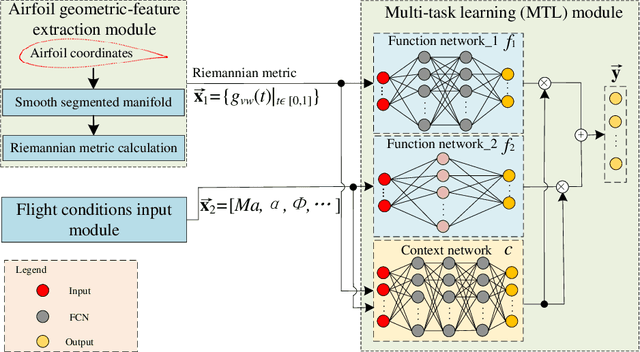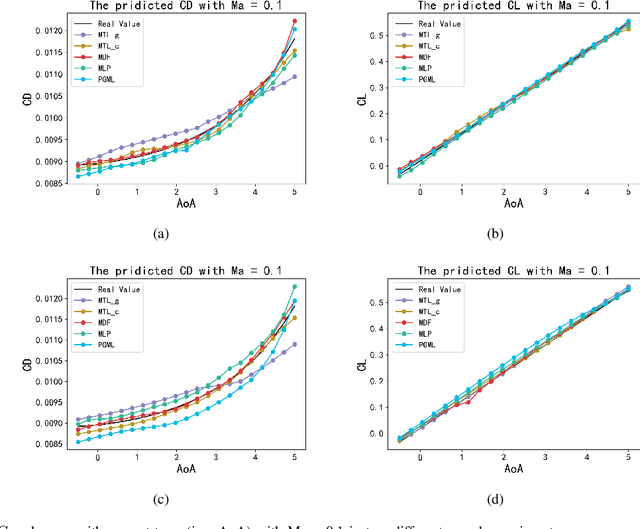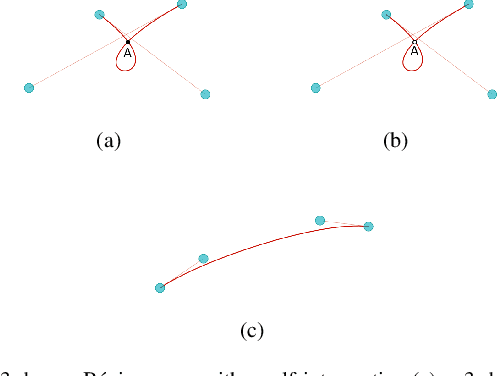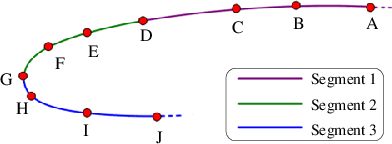Guangbo Zhang
A Manifold-based Airfoil Geometric-feature Extraction and Discrepant Data Fusion Learning Method
Jun 23, 2022



Abstract:Geometrical shape of airfoils, together with the corresponding flight conditions, are crucial factors for aerodynamic performances prediction. The obtained airfoils geometrical features in most existing approaches (e.g., geometrical parameters extraction, polynomial description and deep learning) are in Euclidean space. State-of-the-art studies showed that curves or surfaces of an airfoil formed a manifold in Riemannian space. Therefore, the features extracted by existing methods are not sufficient to reflect the geometric-features of airfoils. Meanwhile, flight conditions and geometric features are greatly discrepant with different types, the relevant knowledge of the influence of these two factors that on final aerodynamic performances predictions must be evaluated and learned to improve prediction accuracy. Motivated by the advantages of manifold theory and multi-task learning, we propose a manifold-based airfoil geometric-feature extraction and discrepant data fusion learning method (MDF) to extract geometric-features of airfoils in Riemannian space (we call them manifold-features) and further fuse the manifold-features with flight conditions to predict aerodynamic performances. Experimental results show that our method could extract geometric-features of airfoils more accurately compared with existing methods, that the average MSE of re-built airfoils is reduced by 56.33%, and while keeping the same predicted accuracy level of CL, the MSE of CD predicted by MDF is further reduced by 35.37%.
A Multi-Characteristic Learning Method with Micro-Doppler Signatures for Pedestrian Identification
Mar 23, 2022



Abstract:The identification of pedestrians using radar micro-Doppler signatures has become a hot topic in recent years. In this paper, we propose a multi-characteristic learning (MCL) model with clusters to jointly learn discrepant pedestrian micro-Doppler signatures and fuse the knowledge learned from each cluster into final decisions. Time-Doppler spectrogram (TDS) and signal statistical features extracted from FMCW radar, as two categories of micro-Doppler signatures, are used in MCL to learn the micro-motion information inside pedestrians' free walking patterns. The experimental results show that our model achieves a higher accuracy rate and is more stable for pedestrian identification than other studies, which make our model more practical.
 Add to Chrome
Add to Chrome Add to Firefox
Add to Firefox Add to Edge
Add to Edge